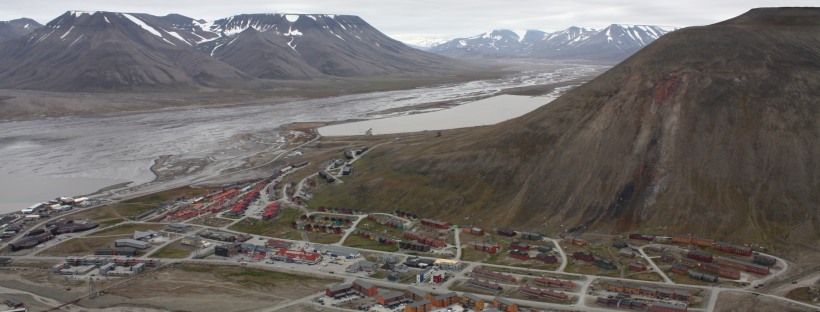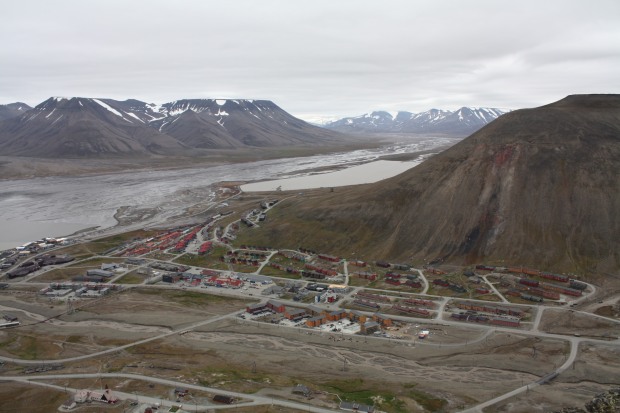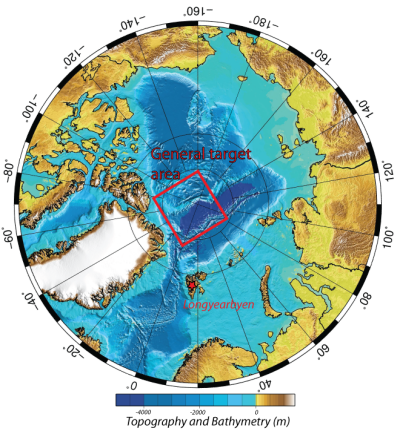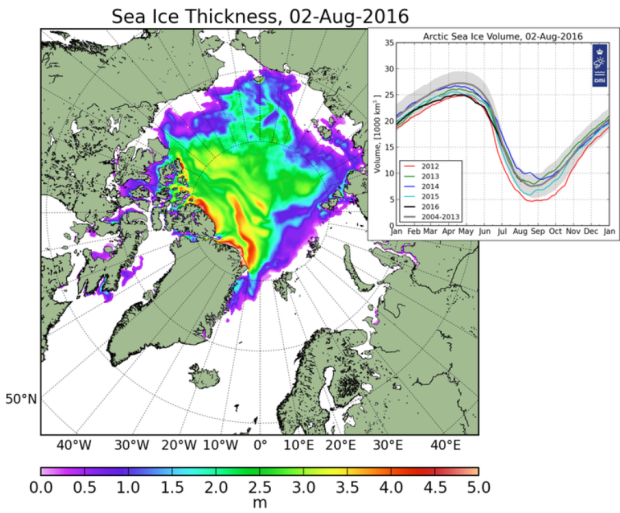It may be a while since the end of the Arctic Ocean 2016 expedition, but we have just published some new work resulting from the sediment coring efforts in the Journal of Geodynamics. The results from the AO16 expedition were also combined with some newly processed measurements from the earlier 2014 cruise, SWERUS-C3.
While the nice-looking version of the manuscript is behind a paywall, you can find the
pre-print version –> Shephard_etal_2018_Arctic_heat_flow_JGeod,
or email me [g.e.shephard@geo.uio.no] if you would like a copy.
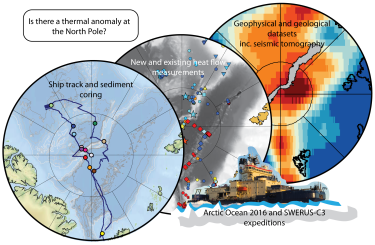
The Earth is cooling. It is losing heat that is/was formed by the radioactive decay of isotopes, as well as from the heat that was formed during planetary accretion. Heat flow thus underpins all aspects of Earth’s evolution and processes including mantle convection and plate tectonics. Heat flow measurements are useful in that they provide a snapshot into the thermal state at a given location. Steady state surface heat flow (whether that be from the seafloor or on land) varies around the world, and depends on a number of factors including the tectonic setting. A number of key papers explaining more about Earth’s heat flow, geothermal gradients and thermal conductivity etc are listed at the bottom of this page.
Globally, heat flow measurements are sparse – but this is particularly true of the Arctic Ocean. A global heatflow database can be downloaded to show a collection of heat flow (be warned, last updated in 2011 – so more recent measurements are missing!).

Left: Overview Arctic heat flow measurements. Our new study are the stars and the study of Urlaub et al. (2009) with the high reported values in the diamonds. Right: Zoom into the central Lomonosov Ridge region with reported heat flow values shown.
The article presents new heat flow measurements from 15 distinct sites in the Central Arctic Ocean, and compares the results in the context of existing measurements. We have new measurements from the Amerasia Basin (Marvin Spur, Alpha Ridge), the Lomonosov Ridge (crest and foot) and Eurasia Basin (Yermak Plateau and Amundsen Basin). The possibility of a “North Pole thermal anomaly” sounds pretty interesting — we explore surface and deeper mantle evidence, or the lack thereof, for such a feature and its relation to the heat flow measurements.
The results from the three Amundsen Basin sites are pretty interesting in particular because:
- They are the first measurements from that region i.e. “closer” to Greenland where there is the heaviest ice conditions
- They are located on oceanic lithosphere (not on continental rocks, or complicated by later volcanism as with the Amerasia Basin) and thus the heat flow should follow an established relationship according to the age of the lithosphere; heat flow decreases with increasing age of the oceanic seafloor (for 10 Million year old seafloor you can expect 100 mW/m2 and for 50 Million year old or more seafloor you can expect half that).
- An earlier study by Urlaub et al. (2009) located further east/north but on roughly the same aged lithosphere found results up to 2 times higher (104-127 mW/m2) than expected from the above relationship – so quite high values indeed.
- However, in contrast, our results (71-95 mW/m2) were broadly in-line with expectations; the greatest deviation was 21 mW/m2 higher than expected. At the end of the day they are only three points…a valuable three points, but only three.
- Explaining an apparent spatial variation of heat flow within the Amundsen Basin could come from a variety of sources; seafloor sediments, the structure of the crust, lithosphere and deeper mantle, methodologies, nearby hydrothermal vents, and more, are all things that should be closely considered.
- Two seismic tomography models (method to image the internal structure of the Earth – see my other work here) that were publicly released by other workers show a slow anomaly (typically associated with regions of melt in the mantle, or hot upwellings) located broadly under the North Pole down to around 200 km depth. Albeit located slightly to the east of our sites, this is kind of interesting – does it explain the Urlaub et al. (2009) results at all, or is it related to something else?
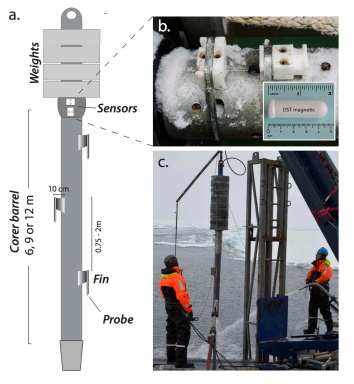
Illustration of the corer setup showing fins with temperature probes and the orientation sensors.
Understanding the thermal and tectonic evolution of the Arctic is still open and what this paper only touches upon can also be used to open up future avenues:
- What is the long-strike crustal variation of the Lomonosov Ridge and how did the Ridge evolve during and since it rifted off the Barents Shelf?
- Is the upper mantle feature identified in seismic tomography ‘real’? What is it – thermal or chemical, or both, in nature?
- What is the role of the ultra-slow spreading along the Gakkel Ridge through time to crustal structure and heat flow?
- A database – oh boy, would an update of Arctic geological and geophysics datasets in an easy, accessible, updated database be useful. Not a small task though…
Heat flow measurements are a relatively easy and cheap to gather (that is, once you have a vessel and means to send something to the seafloor) and hopefully all future cruises to the Arctic will be able to take such measurements and fill in the gaps, as well as our broader understanding of the geological development of this remote region.
This paper is also special as it is a joint effort of early career researchers who were onboard Oden, and with the guidance of the project supervisors/co-authors at the University of Stockholm, Matt O’Regan and Martin Jakobsson. Thanks again to the Swedish Polar Research Secretariat for the opportunity to go sailing and measuring!
Reference to Article:
Shephard, G.E., Weirs, S., Bazhenova, E., Perez, L.F. Ramirez, L.M.M., Johansson, C., Jakobsson, M. O’Regan, M., Accepted. A North Pole thermal anomaly? New heat flow measurements from the central Arctic Ocean. Journal of Geodynamics (Arctic Special Issue). https://doi.org/10.1016/j.jog.2018.01.017
References and further reading:
Pollack, H. N., Hurter, S. J., Johnson, J. R., 1993. Heat flow from the Earth’s interior: Analysis of the global data set. Rev. Geophys. 31, 267-280. doi:10.1029/93RG01249
Sclater, J. G., C. Jaupart, and D. Galson, 1980, The heat flow through oceanic and continental crust and the heat loss of the earth, Rev. Geophysics and Space Physics 18, 269–311. doi:10.1029/RG018i001p00269
Stein, C. A., Stein, S., 1992. A model for the global variation in oceanic depth and heat flow with lithospheric age. Nature. 359, 123-129. doi:10.1038/359123a0
Stein, C. A., Stein, S., 1994. Constraints on hydrothermal heat flux through the oceanic lithosphere from global heat flow. J. Geophys. Res.: Solid Earth. 99, 3081-3095. doi:10.1029/93JB02222
Urlaub, M., Schmidt-Aursch, M. C., Jokat, W., Kaul, N., 2009. Gravity crustal models and heat flow measurements for the Eurasia Basin, Arctic Ocean. Mar. Geophys. Res. 30, 277-292. doi:10.1007/s11001-010-9093-x
![]() Feb 6th 2018, Oslo
Feb 6th 2018, Oslo
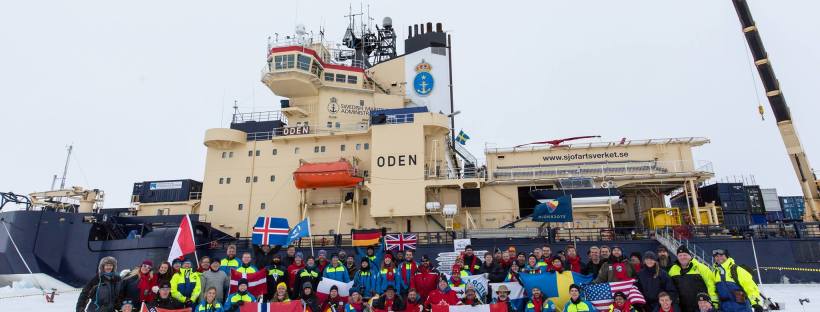


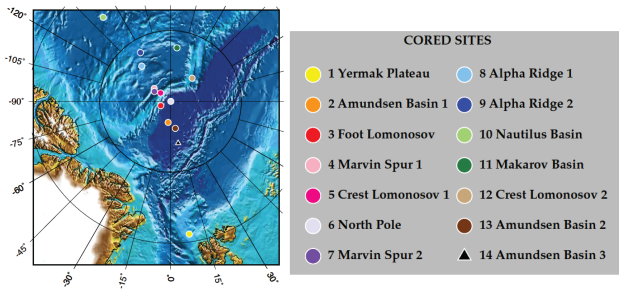



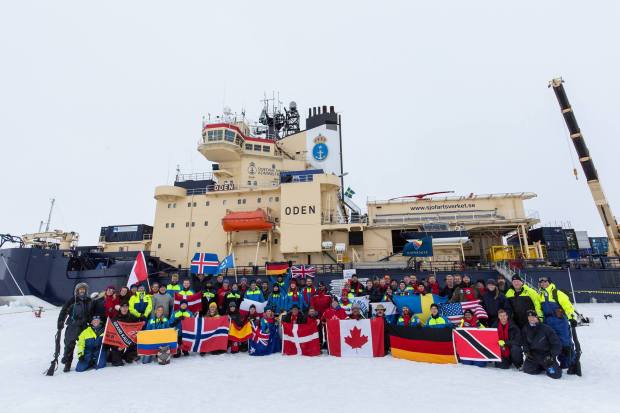




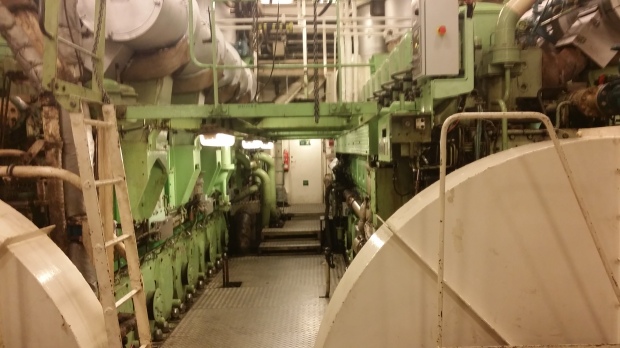

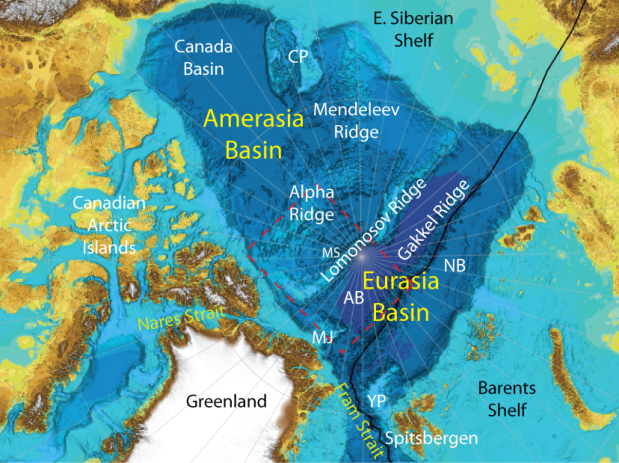
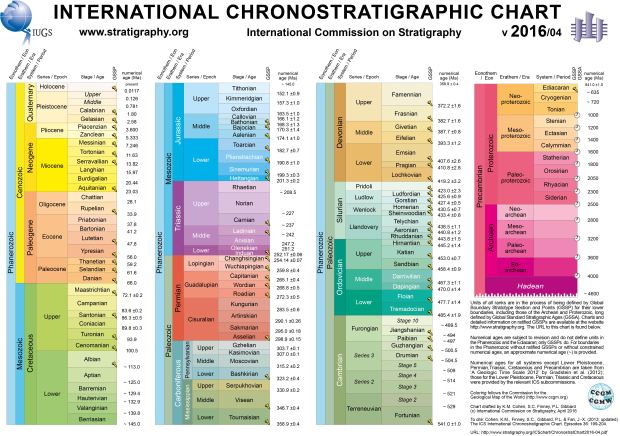
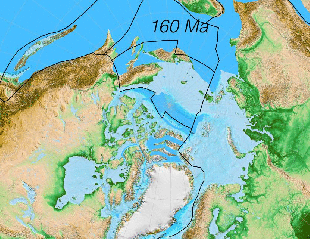
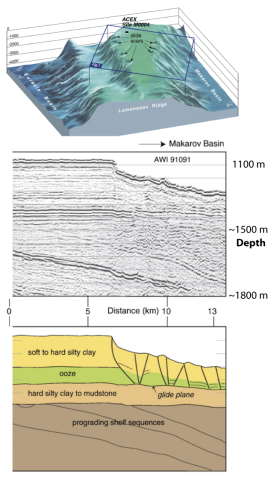 Figure (right): Figures reproduced from Kristoffersen et al. (2007; Marine Geology) showing zoom into Lomonosov Ridge (top), sample of acoustic stratigraphy (middle; from AWI-91091) and interpretation of sediment type (bottom).
Figure (right): Figures reproduced from Kristoffersen et al. (2007; Marine Geology) showing zoom into Lomonosov Ridge (top), sample of acoustic stratigraphy (middle; from AWI-91091) and interpretation of sediment type (bottom). 05 August 2016, Oslo
05 August 2016, Oslo